Selecting the perfect 4K graphics card for your PC encompasses more than just grabbing the most expensive or the latest model off the shelf. It involves understanding your needs, budget constraints, and the performance requirements of the games or applications you wish to run. This guide breaks down the process into manageable chunks, ensuring you make an informed decision for an awe-inspiring 4K experience.
Understanding 4K and Its Demands
Knowing What You Need
4K resolution, with its 3840 x 2160 pixels display, offers four times the detail of 1080p. To smoothly run games or applications at this resolution, a graphics card must have robust processing power and a sufficient amount of fast VRAM (Video RAM). Before shopping, list the games or tasks you aim to tackle, noting their recommended specifications for 4K.
Balancing Performance and Budget
The balance between performance and budget is critical. High-end cards boast impressive specs but come at a steep price. On the other hand, mid-range models offer a more wallet-friendly entry into 4K, albeit with potential compromises on settings or frame rates. Define your budget early in the process; this will streamline your search and help manage expectations.
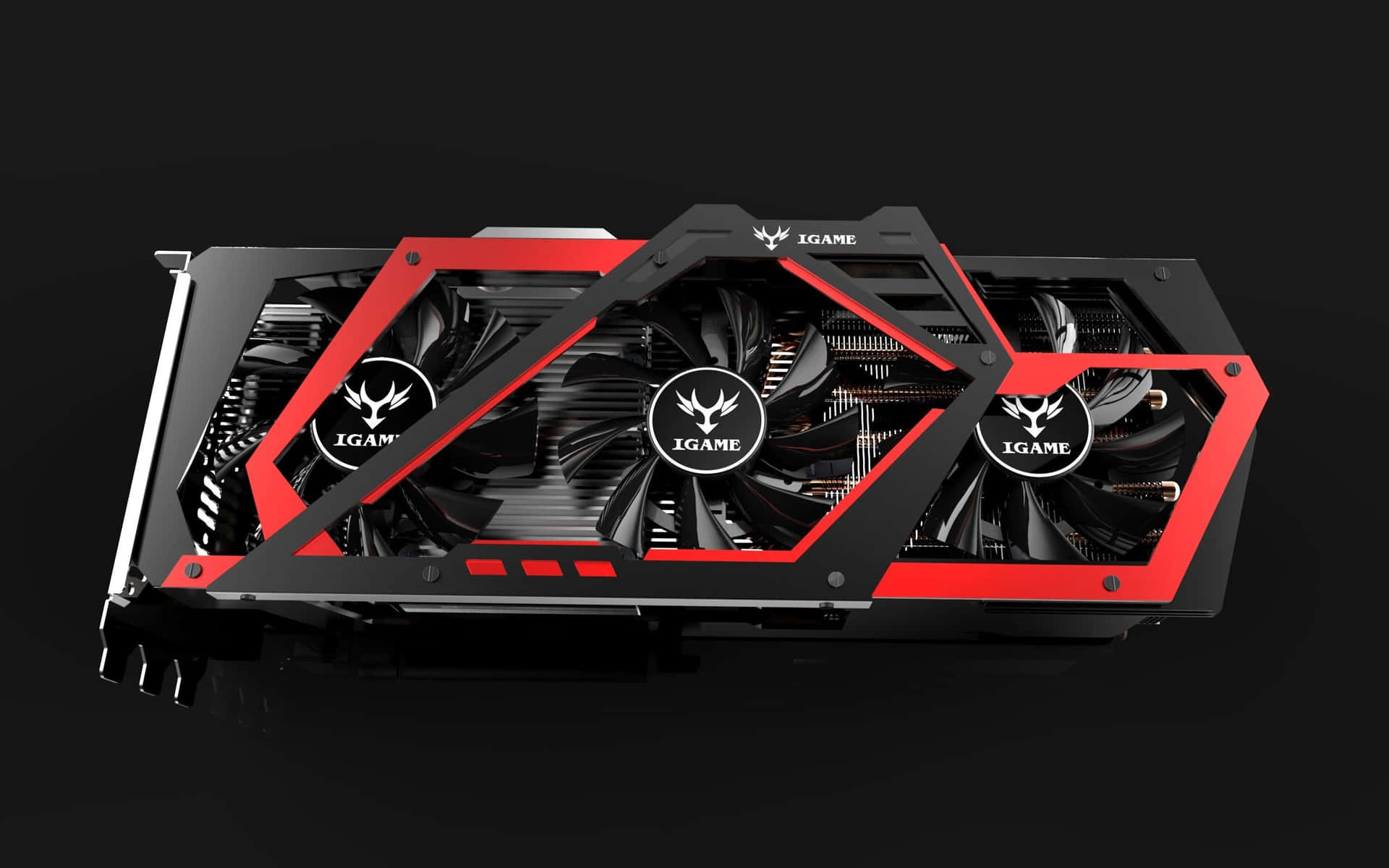
Key Specs to Consider
GPU Power and Memory
When shopping for a 4K graphics card, the two primary specifications to look at are the GPU’s computational power, measured in teraflops (TFLOPs), and the amount of GDDR6 memory. A card tailored for 4K gaming should have a high TFLOP count and at least 8GB of VRAM, though 10GB or more is ideal for future-proofing and more demanding applications.
Cooling and Power Requirements
4K graphics cards draw significant power and generate ample heat. Ensure the card you choose has an efficient cooling system, such as multiple fans or a liquid cooling solution. Additionally, verify your PC’s power supply unit (PSU) can handle the card’s power demand. A sturdy PSU with enough wattage, plus the necessary 8-pin or 6-pin connectors, is a must.
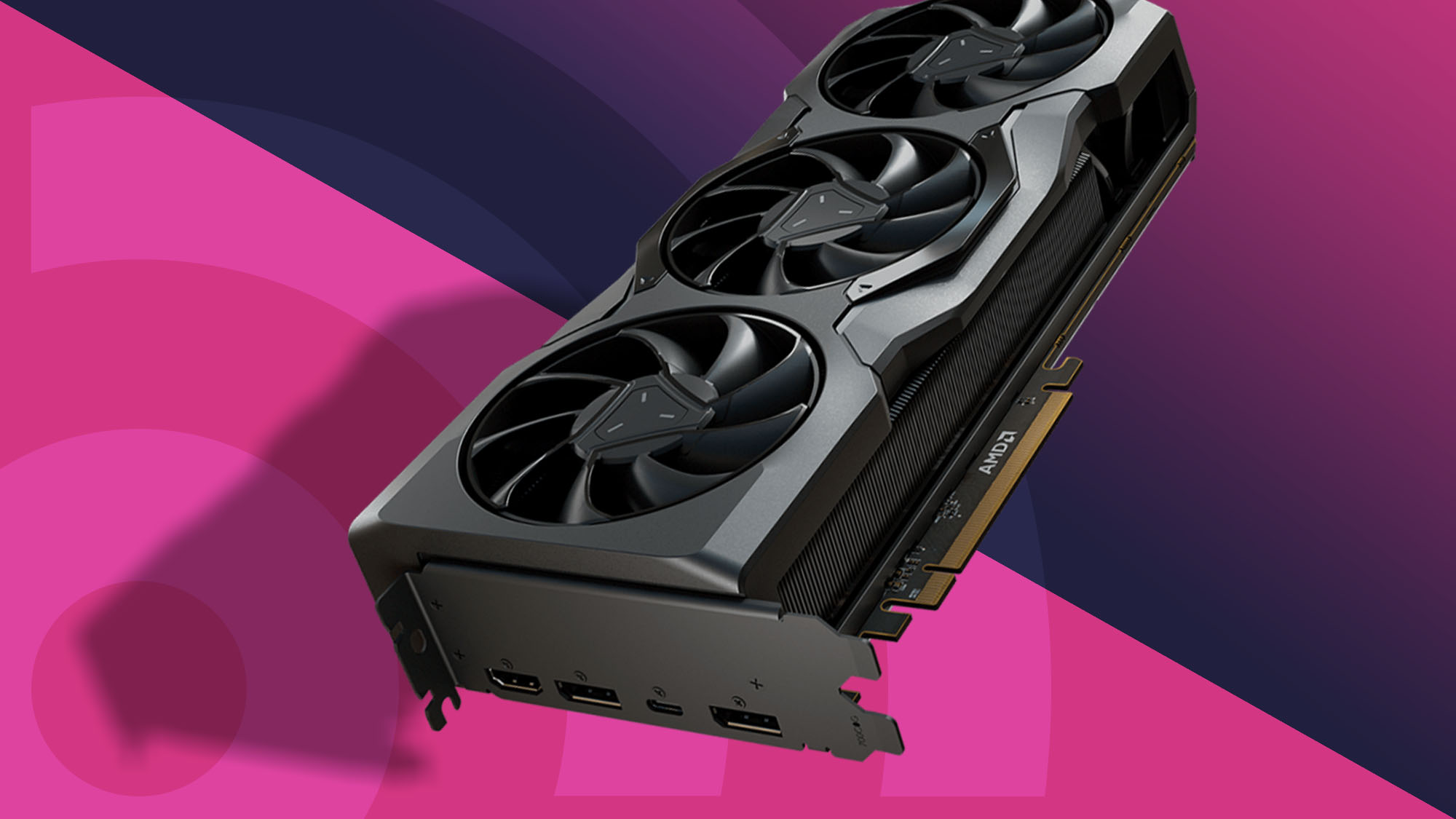
Compatibility Check
Size and Connector Compatibility
Graphics cards come in various sizes. Check your PC case for available space to ensure your chosen card will fit. Measure the length, height, and thickness availability in your case and compare it with the card’s dimensions. Also, confirm your motherboard has the appropriate PCIe slot version and that it’s physically accessible, considering the card’s width may cover adjacent slots.
Display Output Considerations
For a true 4K experience, your graphics card must have ports that match your display’s input options, such as HDMI 2.1 for 4K at 120Hz or DisplayPort 1.4. Ensure the card has enough of these ports for your multi-display setup if applicable. The right connectors will allow you to experience 4K at its full glory, without compromising on refresh rates or color depth.
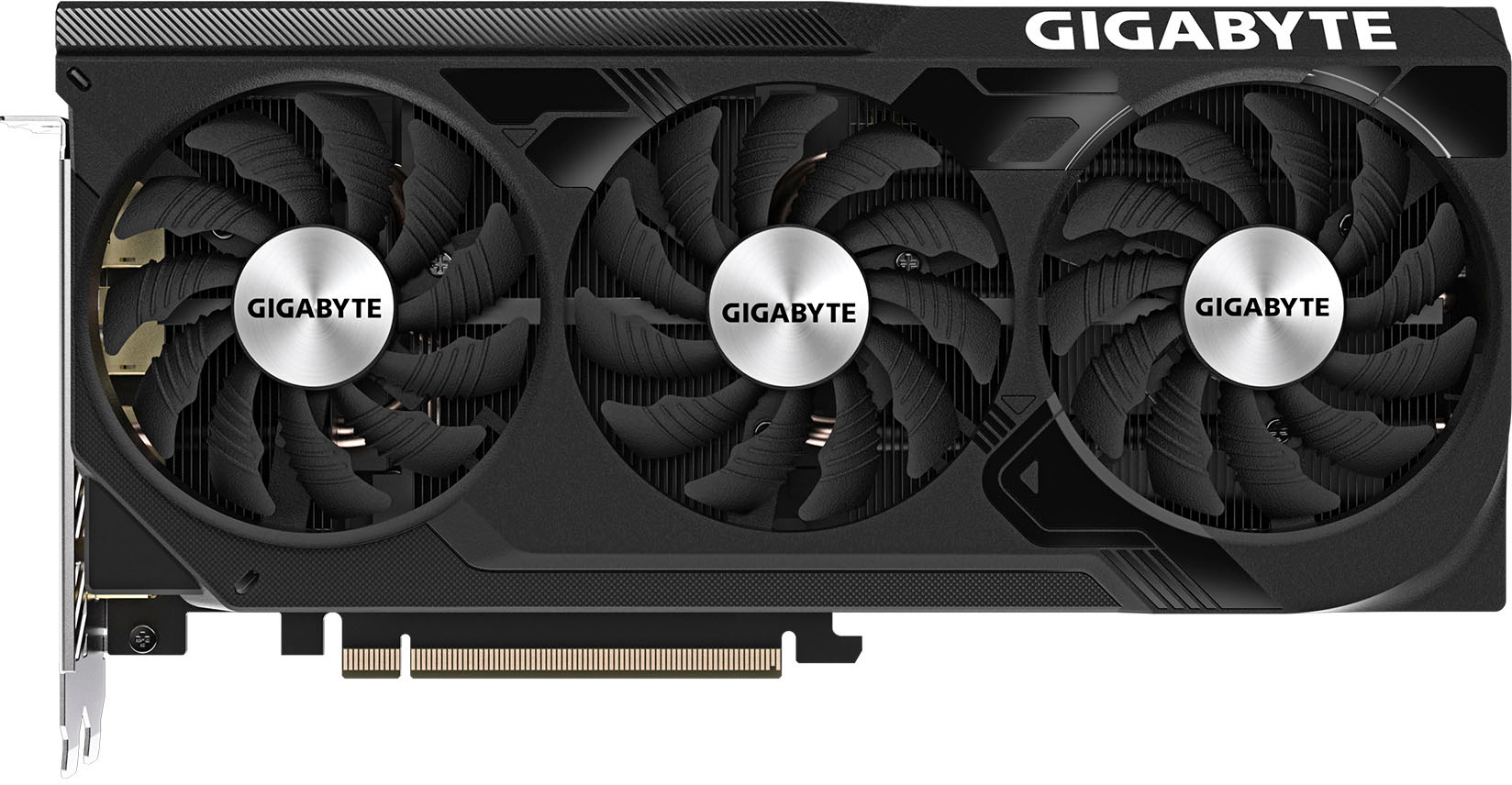
The Importance of Reviews and Benchmarks
Researching Real-World Performance
Specifications only tell part of the story. Look up reviews and benchmarks for the graphics cards you’re considering. These resources can provide insights into how a card performs in actual 4K gaming scenarios, including frame rates in various games and any potential overheating issues. User reviews can also highlight long-term reliability and customer support experiences.
Benchmark Comparisons
Use benchmark comparison tools online to directly compare the performance of different graphics cards in 4K settings. These tools can help you visualize the performance you’re trading off for the price and may even reveal more cost-effective options that meet your requirements. Remember, the goal is to find the best card for your specific needs and budget, not just the most powerful one available.
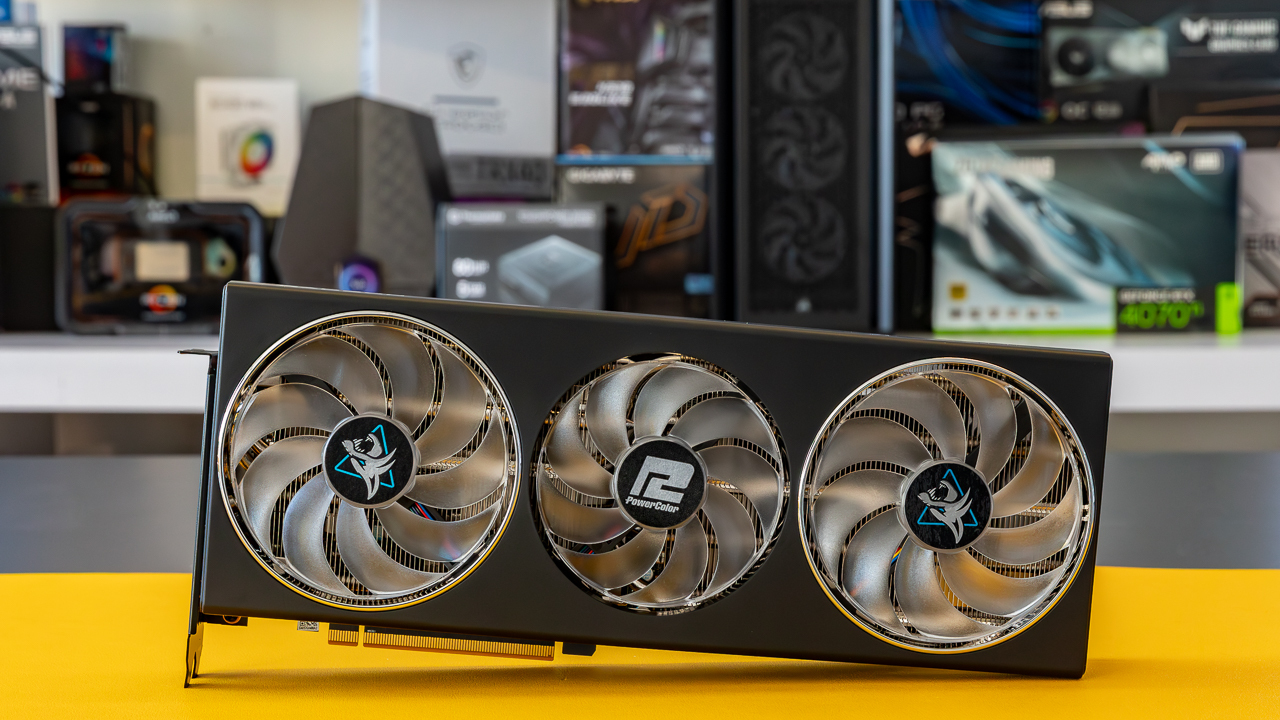
Making the Final Decision
Reflecting on Needs versus Wants
Revisit your initial list of needs and wants. Sometimes, the excitement over maximum settings and frame rates can overshadow actual requirements. A card that meets your needs adequately may offer a better value proposition than the top-tier model with marginal real-world performance gains for your use case.
Considering Future-Proofing
While it’s impossible to completely future-proof a PC due to the rapid pace of technology, opting for a slightly more powerful card than you currently need can extend its relevancy. However, weigh the additional cost against the realistic lifespan and usability of the card for your future plans.
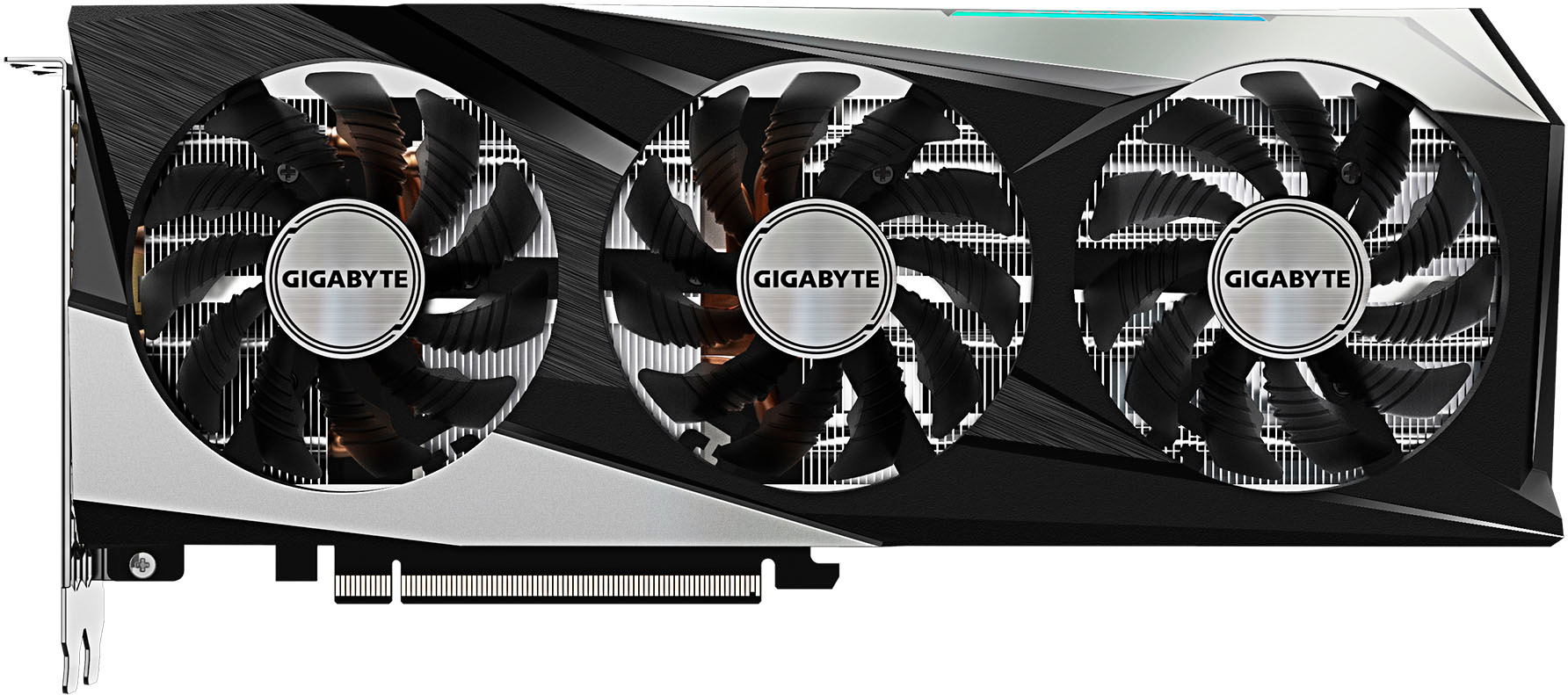
Planning Your Upgrade Path
Prioritize Longevity and Scalability
When selecting a 4K graphics card, think long-term. Future games and software will continually demand more from your hardware. Choosing a card that can handle imminent technological advancements ensures you won’t need an upgrade too soon. Additionally, consider whether your system allows for scalability, such as space for additional cooling solutions or GPUs if you decide to explore SLI or CrossFire configurations for multi-GPU setups in the future.
Value Addition Beyond Gaming
A 4K graphics card isn’t just about gaming. For content creators, video editors, and professionals using high-resolution displays, a powerful GPU accelerates rendering, computational tasks, and transcoding speeds. Look for cards with features and architectures tailored towards these tasks, such as enhanced color support and compute cores capable of handling AI algorithms or parallel processing. This way, your investment enriches your entire computing experience, not just gaming.
Being Mindful of the Ecosystem
Compatibility with Other Hardware and Software
A high-performing GPU needs an equally capable ecosystem. This means ensuring your processor won’t bottleneck the GPU’s performance, and your RAM is adequate and fast enough to keep up with the demands of 4K resolution. Furthermore, pay attention to driver support and software optimizations for your graphics card, especially if you are working within specific software suites or game engines that may favor one manufacturer over another.
Selecting the perfect 4K graphics card requires careful consideration of your requirements, a comprehensive understanding of the card’s specifications, and how it fits within your existing system. By methodically evaluating performance needs, compatibility, and budget constraints, you can pinpoint the ideal graphics card that will elevate your PC’s visual experience to stunning 4K without unnecessary overspending or underperforming. Remember, the best choice is one that aligns closely with your specific gaming or professional needs, ensuring a satisfactory and visually immersive experience for years to come.
